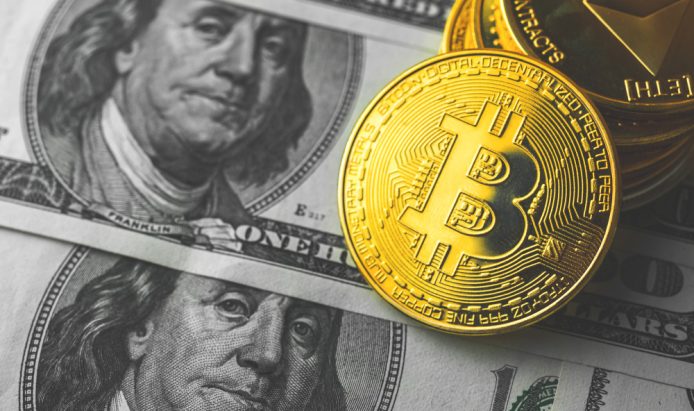
Related Posts
The global stablecoin market has surpassed $150 billion, indicating growing demand for relatively stable digital assets. Competition in the stablecoin space has intensified with Ripple announcing plans for a USD-backed stablecoin, joining existing issuers such as Tether and Circle. Supply from these companies has increased by nearly $10 billion over the past month.
Despite the current cryptocurrency bull market potentially impacting stablecoin growth, experts suggest the surge in demand is driven by a variety of factors beyond market speculation. Columbia Business School's Austin Campbell points out that stablecoins are increasingly being used for payments separate from cryptocurrency transactions and address a broader market segment.
Payment use cases for stablecoins are growing, with platforms like Grab in Singapore now accepting USDT on TRON for services such as rides and food delivery. Known for its low transaction fees and fast processing, TRON's blockchain has become the preferred platform for stablecoin trading, with a circulating supply exceeding $54.8 billion.
Similarly, digital asset issuance chain Noble has seen a surge in stablecoin payments for everyday transactions through platforms such as Cypher Wallet, which allows users to spend USDC at merchants that accept Mastercard.
However, challenges such as regulatory uncertainty and tax implications remain obstacles to widespread adoption of stablecoins. Proposed stablecoin legislation in the United States has faced criticism from lawmakers such as Senator Elizabeth Warren, and tax provisions for stablecoins pose reporting issues for users and organizations.
Despite these challenges, experts remain optimistic about the growth of stablecoins as the cryptocurrency ecosystem evolves. Education and retail demand are seen as key drivers for future adoption. The partnership between Coins.ph and Tether in the Philippines aims to promote financial literacy and blockchain education among various segments of the population.
As the learning curve progresses and retail demand increases, stablecoins are expected to play a significant role in real-world payments, paving the way for wider adoption in the future.
Featured Image: Freepik
Please see disclaimer
